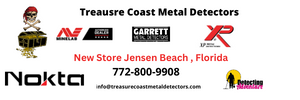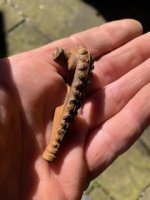Cobradude22
Full Member
- May 11, 2018
- 182
- 966
- Detector(s) used
- Garrett Ace 400, Equinox 600
- Primary Interest:
- Metal Detecting
What software version is everyone running on their Noxes? I was using 3.0 but rolled back to 1.7.5. This seems to be the sweet spot from my research.






